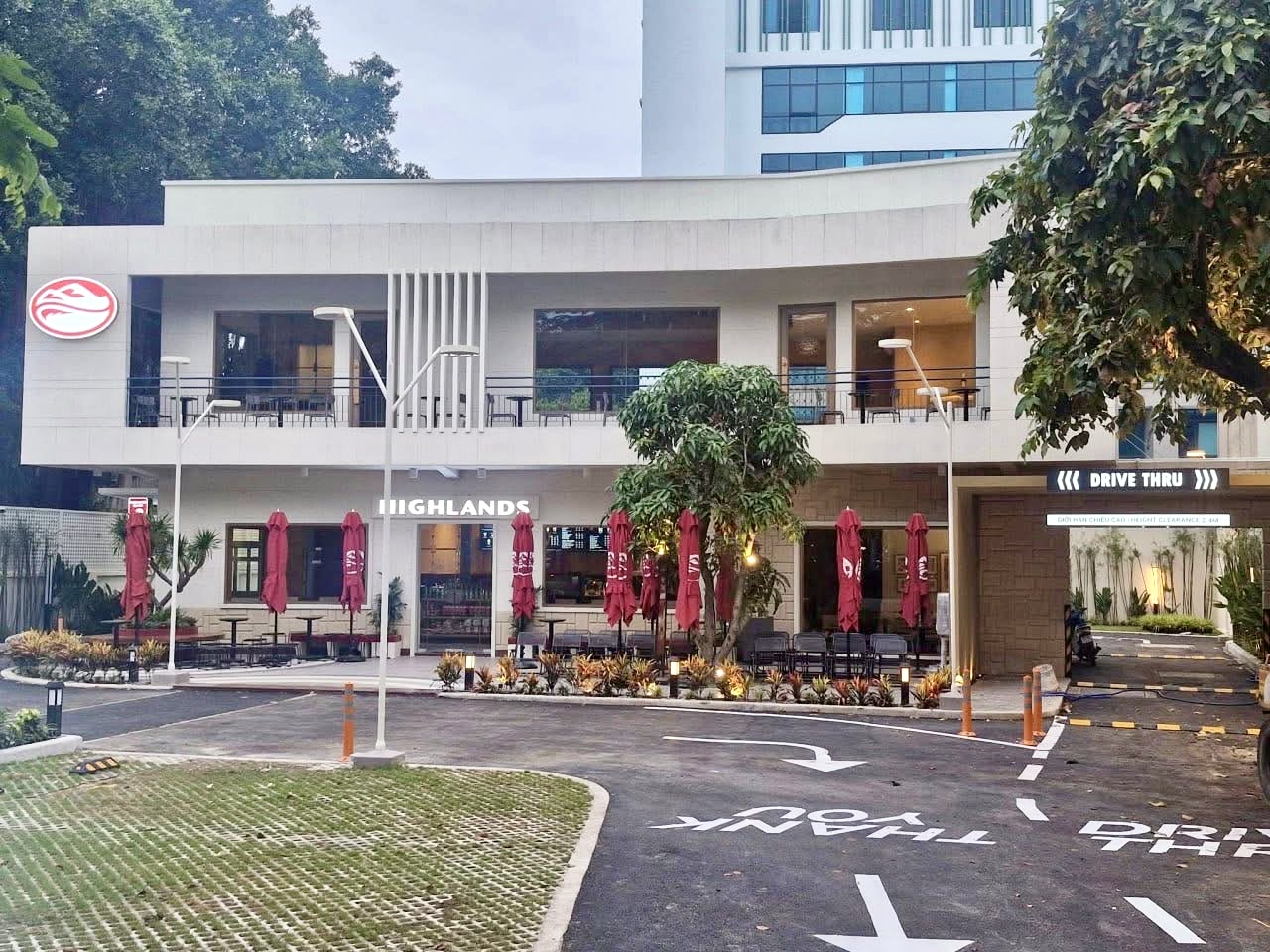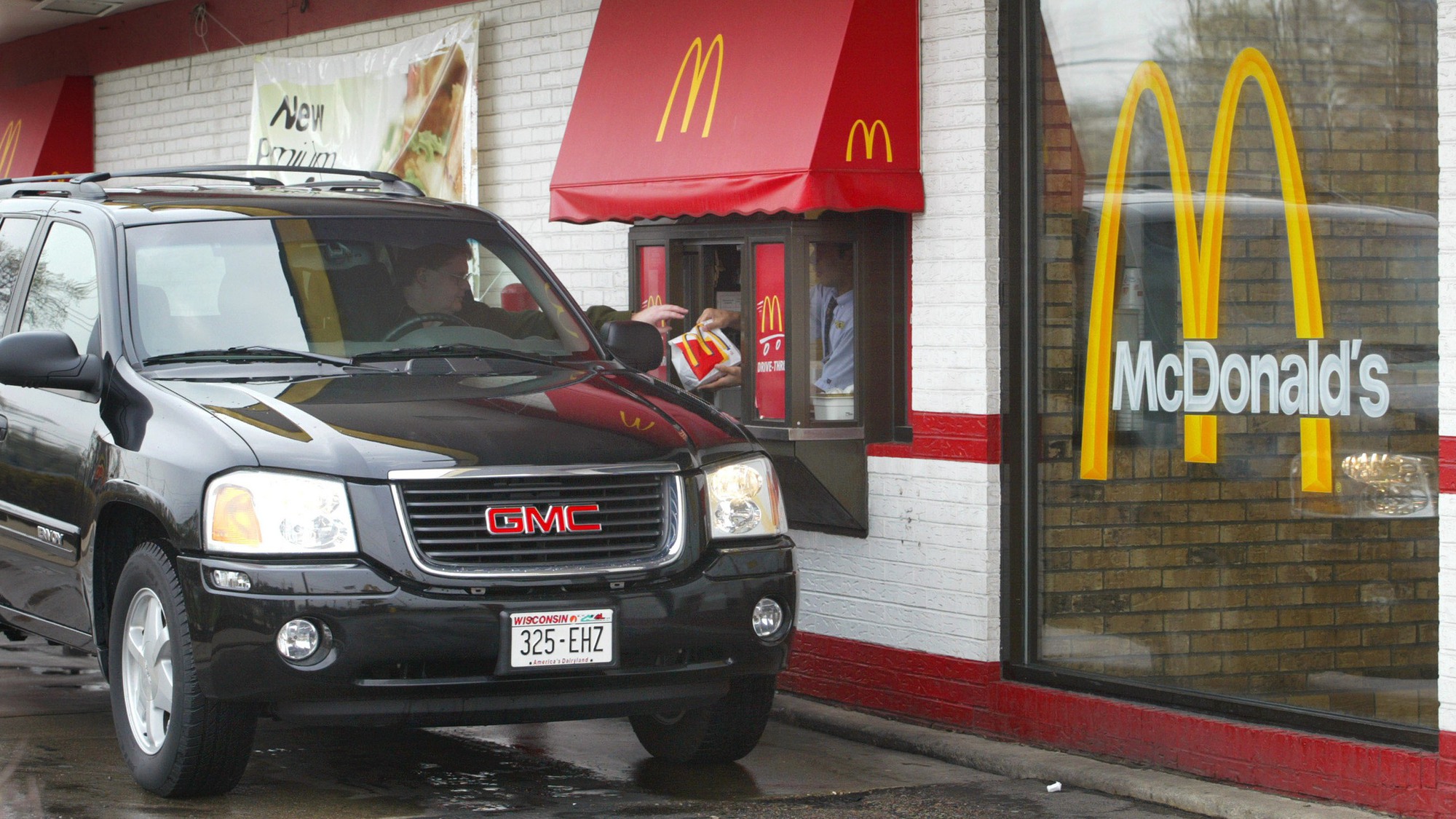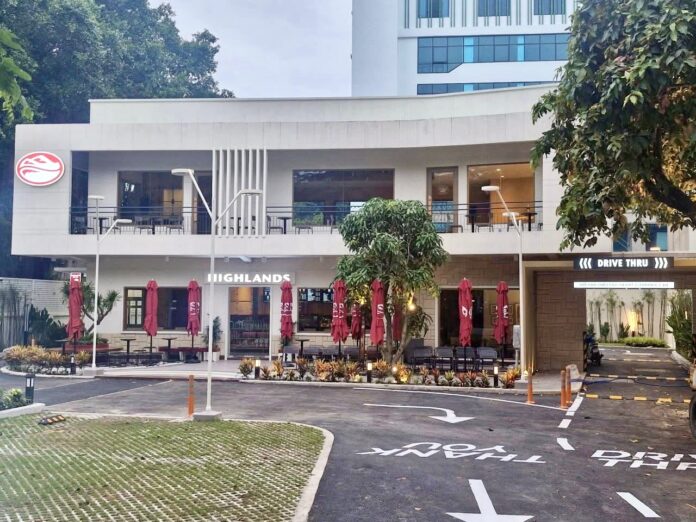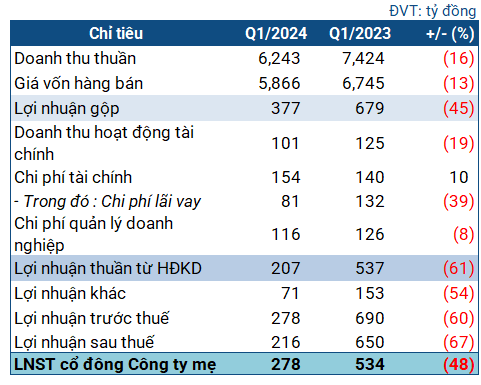In a highly competitive Vietnamese F&B industry landscape, with the influx of new coffee models ranging from mobile kiosks to cheap machine-brewed coffee and well-invested foreign brands, Highlands Coffee has surprisingly ventured into the Drive-Thru model. This model, popular in developed markets but novel in Vietnam, marks a strategic shift for the brand. The launch of the first Drive-Thru store in Ho Chi Minh City showcases not only an effort to refresh their business model but also a potential move towards international standards.
Highlands Debuts Its First Drive-Thru Store in Ho Chi Minh City
Highlands Coffee has inaugurated its first Drive-Thru store at 249 Hoang Van Thu, Tan Binh District, Ho Chi Minh City. This marks the first time a Vietnamese coffee brand has embraced a model popularized by global chains such as Starbucks and McDonald’s. The store enables customers to order, pay for, and receive their beverages without leaving their vehicles, completing the entire process within approximately five minutes. This innovative approach targets users who prioritize speed, convenience, and safety.

Drive-Thru is more than just a new service method; it poses operational challenges that demand large spaces, optimized infrastructure, specially trained staff, and seamless processes. Highlands’ decision to implement this model in Ho Chi Minh City, a metropolis with a high car density and evolving consumer habits, indicates a serious “test” rather than mere image rejuvenation. If the first store proves successful, Highlands can gradually expand this model to major traffic arteries in Ho Chi Minh City, Hanoi, and surrounding urban areas.
This move is also aligned with Highlands’ brand repositioning strategy, especially as the company is reportedly gearing up for an IPO. Instead of solely focusing on store quantity and a mass-market positioning, Highlands is evolving towards standardized processes, synchronized customer experiences, and enhanced competitiveness in the premium segment.
Drive-Thru: A Revenue Backbone for Global F&B Chains
While Drive-Thru is not a novel concept globally, it plays a pivotal role in the operations of numerous prominent F&B chains. In the United States, the birthplace of the fast-food industry, Drive-Thru accounts for over 70% of sales for giants like McDonald’s, Starbucks, and Taco Bell, as per QSR Magazine.
The same source reveals that Starbucks attributes approximately 66–70% of its total orders to Drive-Thru and mobile app orders, whereas traditional café spaces contribute only about 29%, and a mere 1% comes from the “pickup only” counters. Recognizing the growing consumer preference for convenience, Starbucks has even developed “Drive-Thru only” store models, devoid of seating areas, to optimize the “buy fast–receive fast” experience in suburban and satellite urban areas.

The model’s advantages include swift service, convenience, and the ability to swiftly expand into areas with a predominant car-owning culture. During the COVID-19 pandemic, Drive-Thru proved to be a lifeline for many chains when in-person dining was restricted.
In Southeast Asia, Starbucks, KFC, and McDonald’s have experimented with Drive-Thru in Thailand, the Philippines, and Indonesia, where urbanization and private car ownership are on the rise. However, for this model to be effective, businesses must ensure streamlined operations, high order processing capabilities, and consistent product quality despite the rapid service.
Highlands Coffee’s foray into the Drive-Thru model in Vietnam indicates that the domestic F&B market is ripe for experimenting with international service standards. Should this model prove successful, it will not only reinforce Highlands’ brand positioning but also potentially spark a new development trend in the coffee industry—shifting the focus from mere store count expansion to enhancing customer experiences through convenience and operational efficiency.
The Turning Point for Vietnam’s Urban Development
In just a few days, Vietnam will witness the unveiling of an extraordinary “international metropolis”.
Pouring $7 Billion into Ho Chi Minh City’s International Financial Center
The heart of Ho Chi Minh City’s International Financial Center is situated in the Thu Thiem New Urban Area, spanning 9.2 hectares. This area will be home to the offices of management, supervisory, and judicial bodies in its initial phase, with estimated investment costs totaling VND 172,000 billion (equivalent to USD 7 billion).
The Mega-Metropolis: Merging into a Super-City with Bà Rịa – Vũng Tàu, Bình Dương and Ho Chi Minh City
“This morning, General Secretary To Lam and Prime Minister Pham Minh Chinh, along with a delegation of central officials, held a working session with the Standing Committee of the Ho Chi Minh City Party Committee, Ba Ria – Vung Tau Provincial Party Committee, and Binh Duong Provincial Party Committee.”
The Magic of Municipal Mergers: Unveiling the 168 New Wards of Ho Chi Minh City
The city of Ho Chi Minh, a bustling metropolis, has undergone a transformation, resulting in a streamlined structure of 168 administrative units at the commune level. This includes 113 wards, 54 communes, and one special administrative region, each playing a vital role in the city’s vibrant tapestry.











































